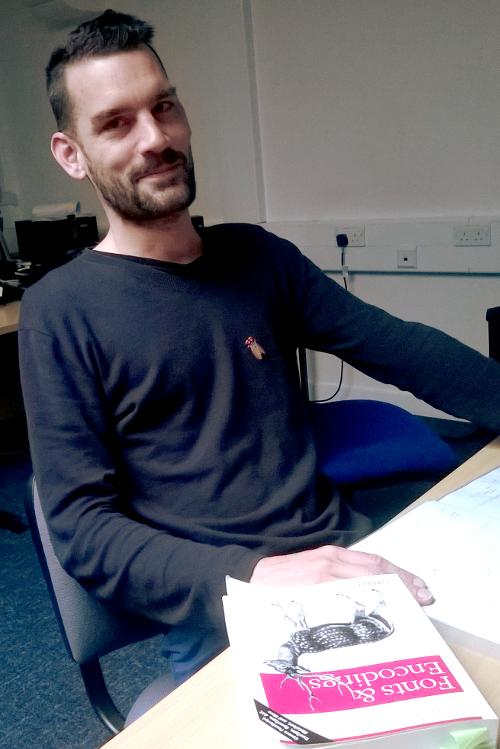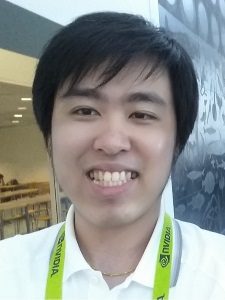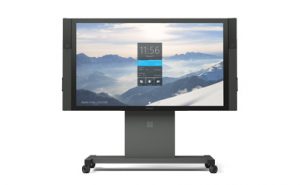Dr David Harris-Birtill gave a talk at the 6th Edition of the International Conference on Transforming Healthcare with IT, held on 16th – 17th October 2015 at the Lalit Ashok in Bangalore, India. David’s research presentation was titled “Remote Sensing of Heart Rate and Blood Oxygenation Level Using Gaming Camera-based Technology”, and was presented to 800 delegates who attended the session in person, as well as the 8,216 who virtually attended the meeting, streaming his talk in 32 countries.

After the session, David was presented with a commemorative plaque for his research, as shown in the photo above.
MORE
News
This week we have added a new member to the group. Hui-Shyong Yeo is a 1st year PhD student in the SACHI research group, supervised by Prof. Aaron Quigley. Hui-Shyong is particularly interested in exploring and developing novel interaction techniques that transcend the barrier between human and computers, especially on topics such as gestural/mid-air interaction, mobile/wearable interaction, Augmented/Virtual reality and text entry.
Before he came here, he was a researcher at UVR lab, KAIST. He worked on several projects such as on-body clothing design system using projection mapping and Mixed Reality remote collaboration system.

On Friday the 23rd of October, Aaron Quigley presented a keynote talk at the 9th annual Irish HCI conference (iHCI 2015) in Dublin. The talk was entitled “Trapped in AppLand: Archipelagos of Interaction”. The conference was hosted at the National College of Art and Design (NCAD) in Dublin and organised by the NCAD+UCD Creative Technology Network and was sponsored by the ACM SIGCHI Chapter Ireland and the NCAD+UCD Project. The conference showcased leading research by researchers in Ireland, and by Irish researchers working internationally, through poster and curated presentation sessions. The overall theme for this year was creative technology and the future of HCI in Ireland.
MORE

Last week, Atlanta hosted the annual IEEE Symposium on Visual Languages and Human-Centric Computing (VL/HCC). This brought researchers in various fields of Computer Science, particularly those in human-computer interaction and software engineering. Established in 1984, the mission of the conference is to support the design, theory, application, and evaluation of computing technologies and languages for programming, modelling, and communicating, which are easier to learn, use, and understand by people.
Daniel Rough, a PhD student in SACHI attended this conference to present his research called “Jeeves”, a visual language to facilitate ESM application creation, which was accepted as a full paper. (You can find details of this paper via our publications page).
MORE
To celebrate the remodelling of the lab space and our new space sharing with the Virtual Worlds team, we held a reception on Wednesday September 2nd.
Wine, cheese, some good conversation and a ribbon cutting moment by the Dean of Science made for a very interesting late afternoon. Thanks all for coming!
For more information (and pictures) you can visit the corresponding School Blogpost, SACHI and Virtual Worlds new space inauguration..
We are pleased to announce that Microsoft Research and Microsoft have selected our Academic Research Request Proposal for the “Intelligent Canvas for Data Analysis and Exploration” as one of ten to award. MORE
We’re delighted to announce the launch of the LitLong iOS app, put together by a team of researchers and literary scholars from the University of St Andrews and University of Edinburgh, including SACHI’s Dr David Harris-Birtill, Dr Uta Hinrichs and Professor Aaron Quigley.
The LitLong:Edinburgh mobile app allows you to use your iOS device to explore Edinburgh’s literary past, and it is free! Download a copy to your iPhone, iPod Touch or iPad to discover how your location has been represented in literature.
MORE
 We are happy to welcome Johannes Lang to the SACHI lab. Johannes comes from Austria and is a typographer and type designer with top-level expertise in the digital aspects of text and type.
We are happy to welcome Johannes Lang to the SACHI lab. Johannes comes from Austria and is a typographer and type designer with top-level expertise in the digital aspects of text and type.
He will be working with Miguel Nacenta and Uta Hinrichs in the Infotypography project, funded by EPSRC, and helping further develop the FatFonts research program.
You can take a look at Johannes’ excellent work here in his studio webpage.

Congratulations to Professor Aaron Quigley who had been appointed the office holder for the ACM SIGCHI Adjunct Chair for Specialized Conferences by the ACM SIGCHI President Loren Terveen.
Aaron will take over from Philippe Palanque later this month and is looking forward to working with the ACM SIGCHI Executive Committee, Conference Management Committee and ACM staff over the next three years.





